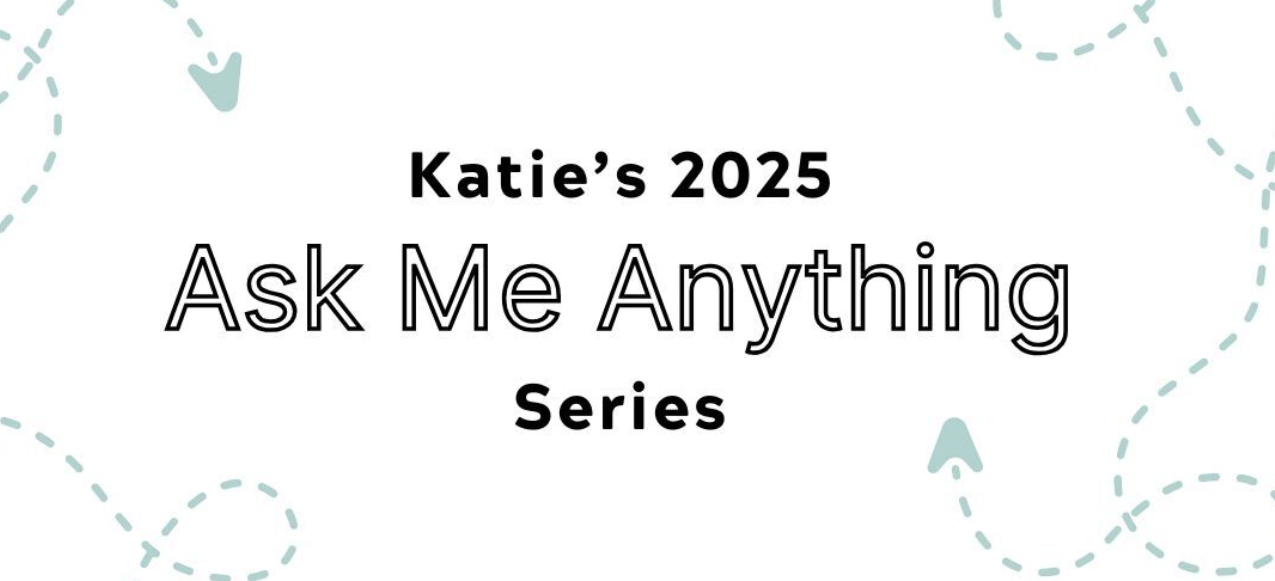Turning the calendar page to May filled me with all kinds of excitement because I’m taking the last week of the month for another one of my “creative retreats.”
Pro tip: I try to use holidays that are already built into the university calendar so that I get 9–10 days strung together (including weekends) by only taking about 4 of my vacation days.
I haven’t quite decided how I’m going to use all of this time out of the office, but I know that some of it is going to be for true vacation-type rest. It will include at least a day or two (or three or four) of novel reading, napping, and Netflix binging — those are my best rest activities — and I’m already really looking forward to it.
I work with a lot of coaching clients, however, who really struggle to take time off without feeling guilty about not working. Here are some of my tips that I’ve found helpful as I go into vacation-mode:
- Have a plan. As a to-do list enthusiast, it’s hard for me to turn off that part of my brain even when I’m on vacation. I like to make a restful to-do list, which might include getting a massage, taking an afternoon nap, long morning walks, dinner out, the books I want to read, and other kinds of restful activities that I know I’ll enjoy.
- Anticipate the rest. I booked my vacation time a couple of months ago during the height of my travel season when all I wanted was a few days off. By scheduling it well in advance, I’ve been able to really anticipate the time off and look forward to it.
- Clear your plate. When I take time off work, I like to leave with as many things wrapped up as I can. This isn’t always possible since I work on a lot of long-term projects, so I just get things to a place where they can sit for a week. Sometimes, I can even plan to have things like automated research recruitment emails happening during this period so I’m able to have things like data collection happening while I’m on vacation.
- Create a post-vacation to-do list. Knowing what I need to do when I return from my vacation time, and creating a plan for re-entry, is a helpful way for me not to worry about the time I’m taking away. The work is always going to be there, whether I take time off or not, so the post-vacation to-do list is a nice reminder that I can pause things and pick them back up again later.
- Celebrate your hard work. The best way I know to take guilt-free time off is to acknowledge how hard I’m working most of the time. My weeks are really full of all kinds of tasks and projects and my brain and body deserve a break after several months of that work strung together.
I’ll definitely be updating you on my creative retreat plans soon, as well as debriefing what that time looked like for me, so stay tuned.
To think on:
- When is your next vacation planned?
- How do you take guilt-free vacation time?



